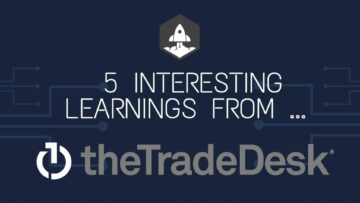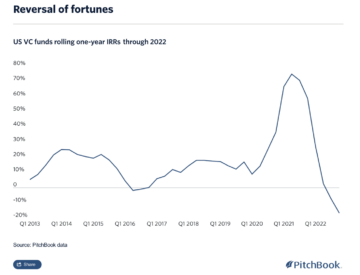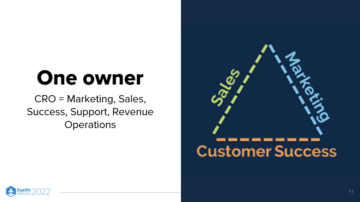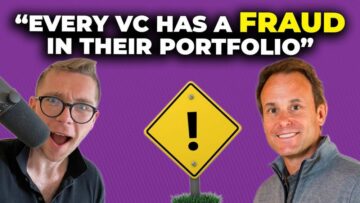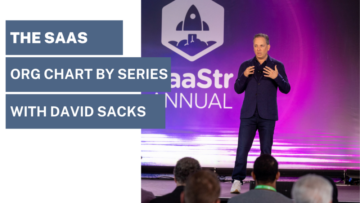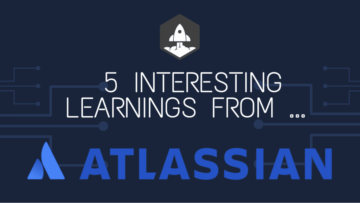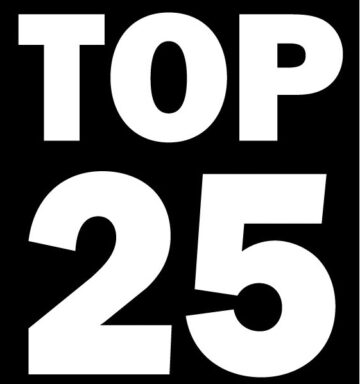Product-led growth has built a name for itself through its deep toolbox of effective tactics, from free trials to low prices to an inherent vitality — all of which can build a strong foundation for a versatile company. But no industry can stay static, lest they get passed up by the next big thing.
Drawing from two decades of experience, Calendly’s CMO Patrick Moran has witnessed the evolution of PLG — but also, what has stayed the same. Here, he discusses a few of the key lessons he’s learned along the way.
My point isn’t to say that’s nothing new. It’s that we’re standing on tall shoulders, and there’s a lot to learn from the past.
2004’s Lesson from WebEx
During my tenure as a director at WebEx, the company was no small success: a billion or two in valuation, and hundreds of millions in revenue. However, we still found ourselves caught a little flat-footed by GoToMeeting, a scrappy startup out of Santa Barbara with a $50/month product available to a single user.
WebEx may have been the original PLG outfit, having effectively mixed both its service model with its sales model, and expanded its success with small and medium businesses into the enterprise and individual market. But we still relied heavily on our sales-touch model, insisting on five-seat sales to even three-person companies — only to find GoToMeeting swooping into that opening with no sales rep, no annual agreement, and a solid product.
WebEx took note and managed to innovate their way into a competitive single-seat product that hit $20 million within eighteen months. It was a needed reminder we should never rest on our laurels.

Want more? Enter your email below for the latest SaaStr updates
2012’s Lesson from New Relic
As the CMO at New Relic, I witnessed how every company has a law of gravity that kicks in around $100 million annual repeating revenue (ARR).
This gravity can take a lot of different shapes. Maybe you’ve already picked your market’s low-hanging fruit; maybe the rise of competitors has nibbled away at your dominance; maybe your total addressable market (TAM) has simply grown smaller. At this milestone, New Relic found that we needed IT to continue growing, and that required breaking out the big guns in sales.
As it turned out, once the majority of New Relic’s clients started clocking in at a thousand or more employees, all sorts of processes and rules started to make themselves known: procurement, legal, security, etc. Whereas the old mantra from VCs on the board was “spend until you break the model,” that model began to break down at just $101 million.
2016’s Lesson from Quip
As the Chief Customer Officer (CCO) at Quip, I learned another valuable lesson: big numbers don’t necessarily translate to big opportunities. Quip had over two million mobile registered users to their name, and less than $1 million of ARR.
The optics, however, proved dramatically different when we went to monetize our free product. And that transition over the next year, from an end-user-centric story to a B2B product for teams, required a collaborative effort.
There’s no harm, of course, in celebrating big numbers — but not at the cost of neglecting a go-to-market (GTM) strategy.

2018’s Lesson from Salesforce
I faced a cultural shift, however, when Quip was bought by Salesforce in 2018. Salesforce is very much customer-led, founder-led, and sales-led — suffice to say, not an exemplar of PLG.
While I initially found myself fiercely defending PLG (self-service, bottom-up, viral growth models), my beloved metrics (costs for signup, traffic conversion rate, etc.) fell away in favor of Salesforce’s overriding preference to focus on its pipeline.
No matter how much it might have stung, I learned that, sometimes, it’s worth checking your ego at the door.
2021’s Lesson from Calendly
Calendly, by contrast, has turned out to be the perfect storm of virality, an ubiquitous use case, and high ease of use. We have managed to thread the needle between not only scale and love from customers, but also GTM investment.
But similar to what happened at Salesforce, I found that Calendly needed to expand their past PLG tricks — our sales team alone has expanded by a factor of five or six. But we’ve also worked to build the muscle necessary — an enterprise platform, with security features and solid use cases — that will allow it to make transitions in the future, when the market realizes that we’re more than just scheduling.

Key Takeaways
Time and again, I have seen the same pattern repeat itself: a start-up that refuses to hire a sales team in their first year will hit a $1 million in sales and extol the virtues of PLG by year two — only, from year five to seven, to not only hire a few sales reps, but an entire enterprise sales team.
PLG, for all its virtues, doesn’t mean that you can skip GTM functions. Virality, as much as it remains the X factor, won’t be enough in the long-term. Sales and IT aren’t the enemy, but instead maximizers of growth.
In the end, users don’t care about your tech or marketing strategy, but how well your product can serve them. Plan accordingly.
Source: https://www.saastr.com/whats-changed-in-product-led-growth-with-calendly-cmo-patrick-moran/
- 2019
- About
- Agreement
- All
- already
- annual
- Another
- around
- available
- B2B
- beloved
- Billion
- board
- build
- businesses
- Campaign
- care
- cases
- caught
- Celebrating
- Chapter
- checking
- chief
- clients
- collaborative
- Companies
- company
- competitors
- content
- continue
- Conversion
- Costs
- Customers
- data
- different
- Director
- Doesn’t
- down
- Effective
- employees
- Enterprise
- etc
- evolution
- Expand
- experience
- faced
- Features
- First
- Focus
- found
- Foundation
- Free
- functions
- future
- Growing
- Growth
- GUNS
- having
- here
- High
- hire
- How
- HTTPS
- Hundreds
- individual
- industry
- investment
- IT
- Key
- known
- latest
- Law
- LEARN
- learned
- Legal
- love
- Majority
- Mantra
- Market
- Marketing
- Matter
- medium
- Metrics
- milestone
- million
- millions
- mixed
- Mobile
- model
- models
- months
- more
- needed
- New Relic
- numbers
- Officer
- opportunities
- optics
- Pattern
- platform
- processes
- Product
- registered
- REST
- revenue
- rules
- sales
- salesforce
- santa barbara
- Scale
- security
- Self-service
- service
- shapes
- shift
- similar
- SIX
- small
- Start-up
- started
- startup
- stay
- Storm
- Story
- Strategy
- strong
- success
- tactics
- TAM
- tech
- The Future
- Through
- Toolbox
- traffic
- users
- Valuation
- VCs
- What
- within
- worked
- worth
- X
- year
- youtube

